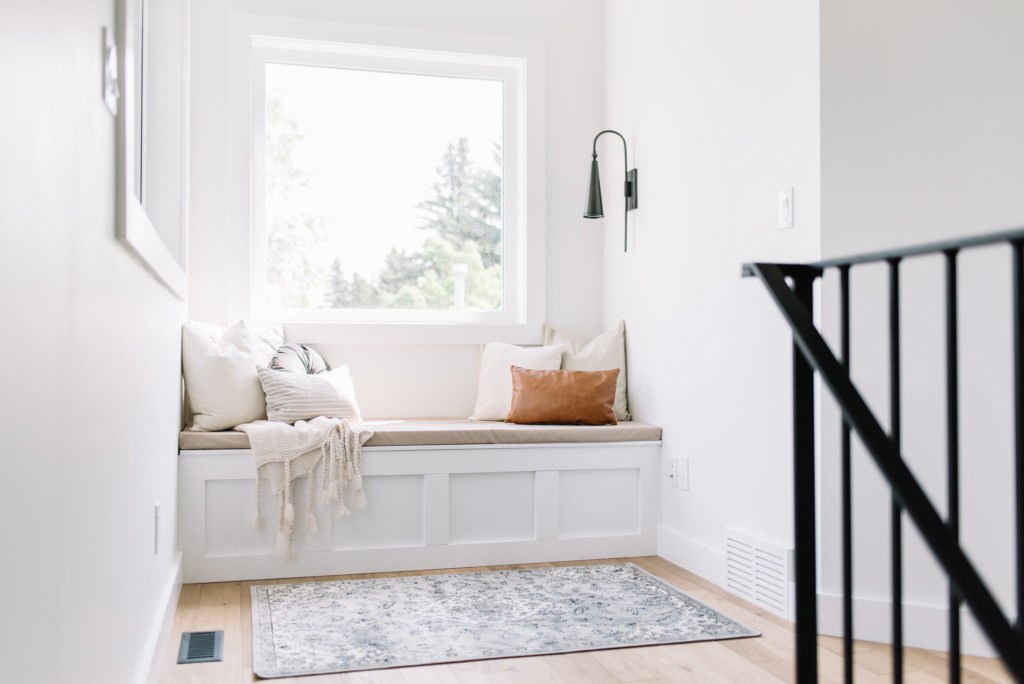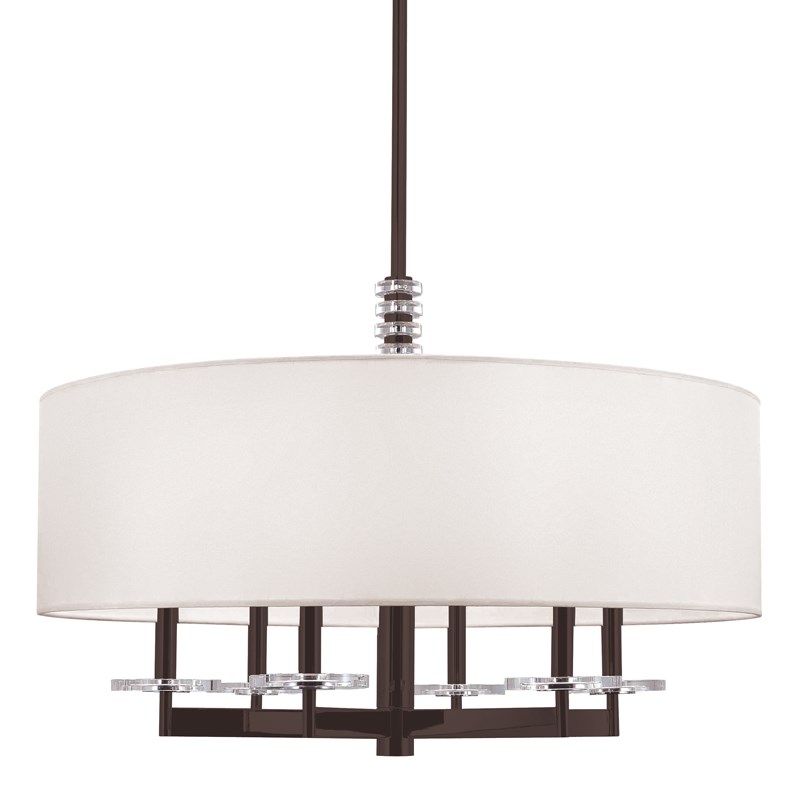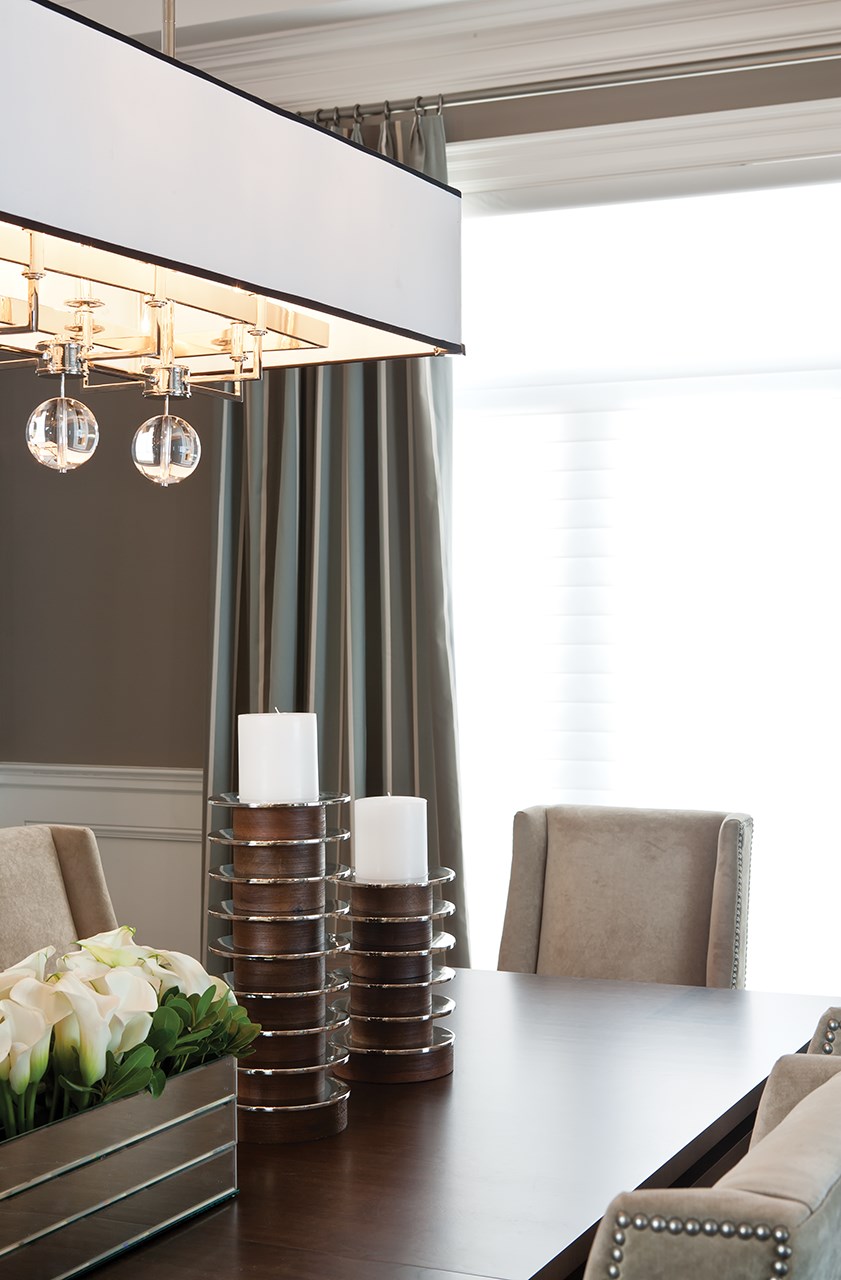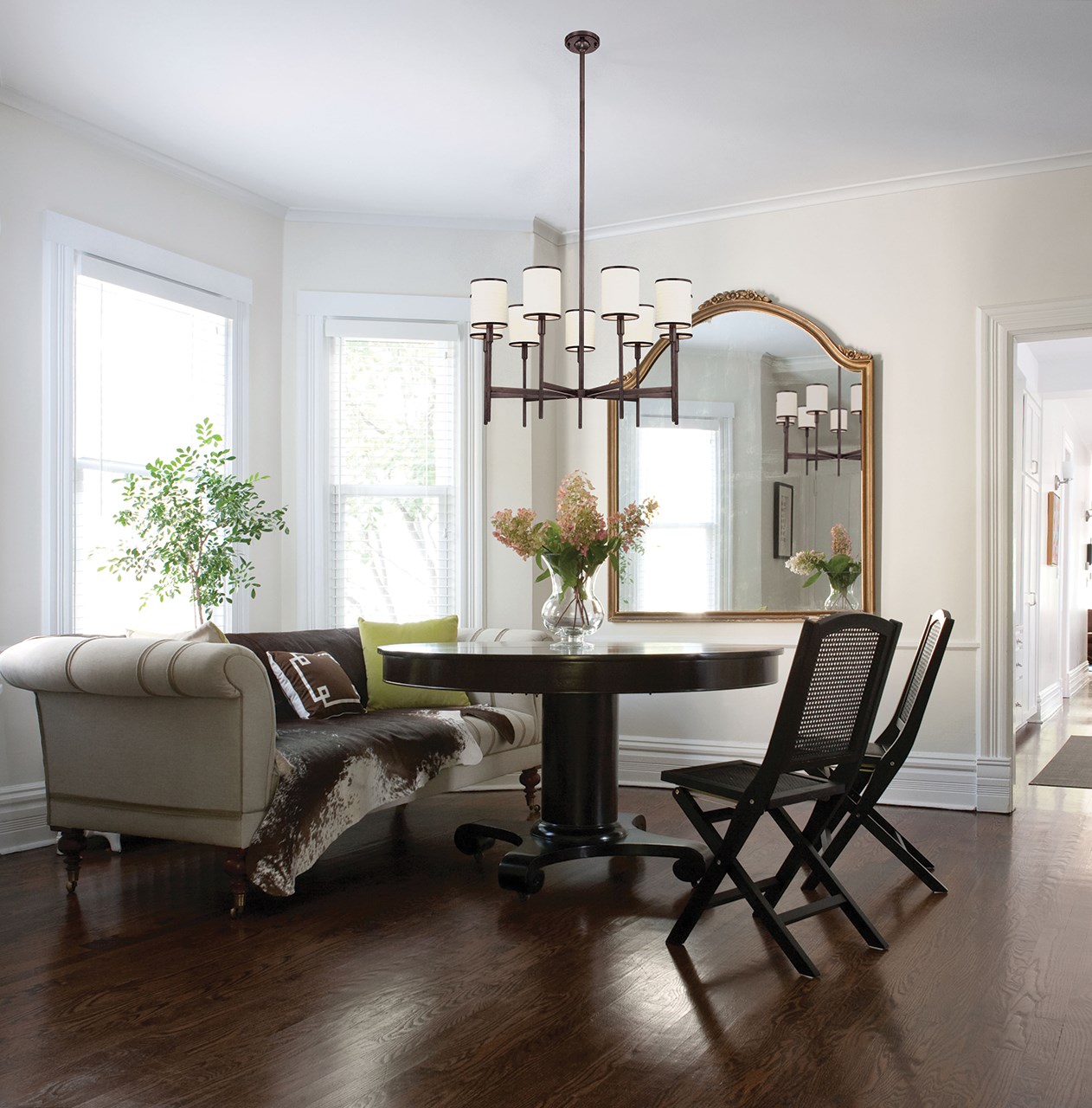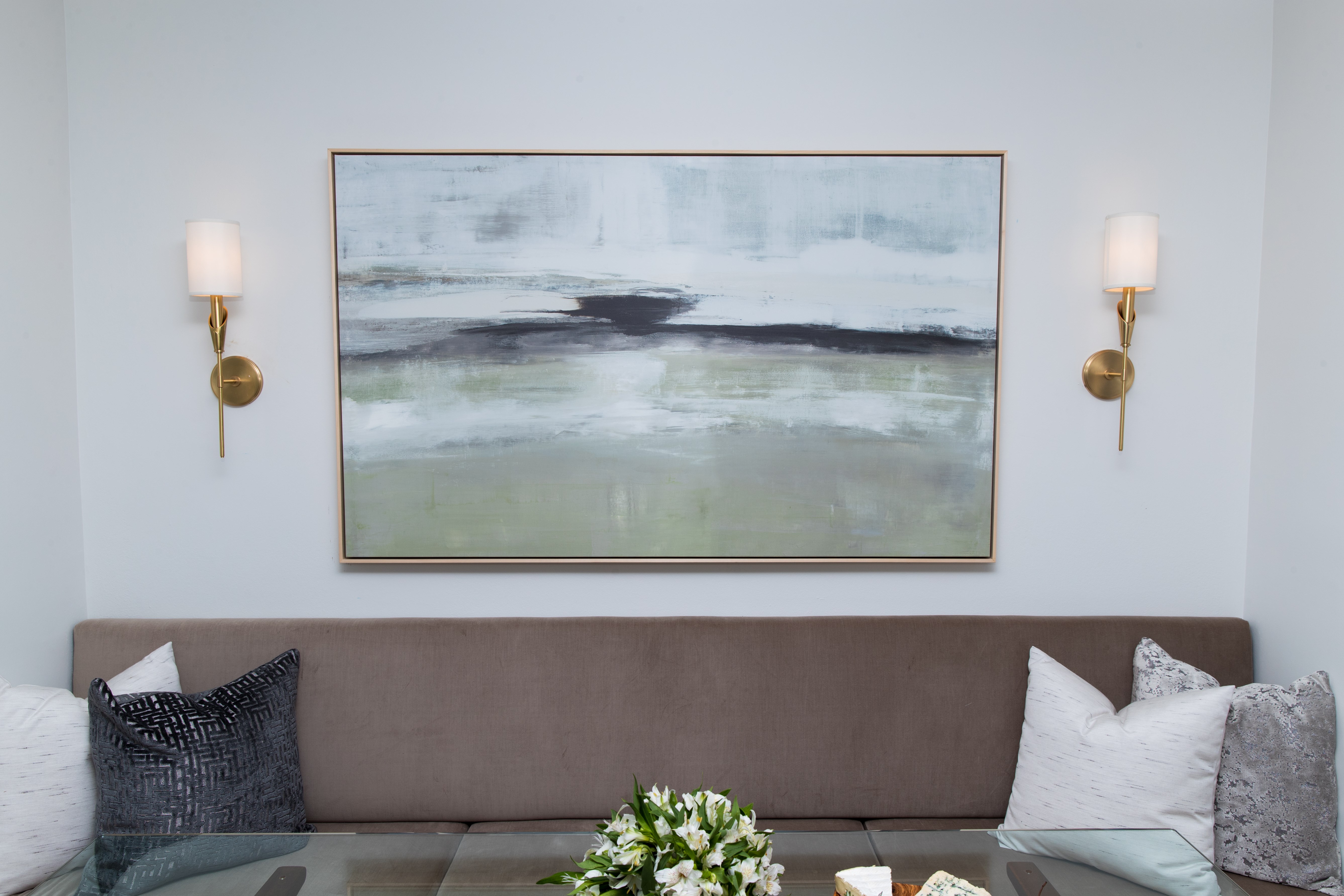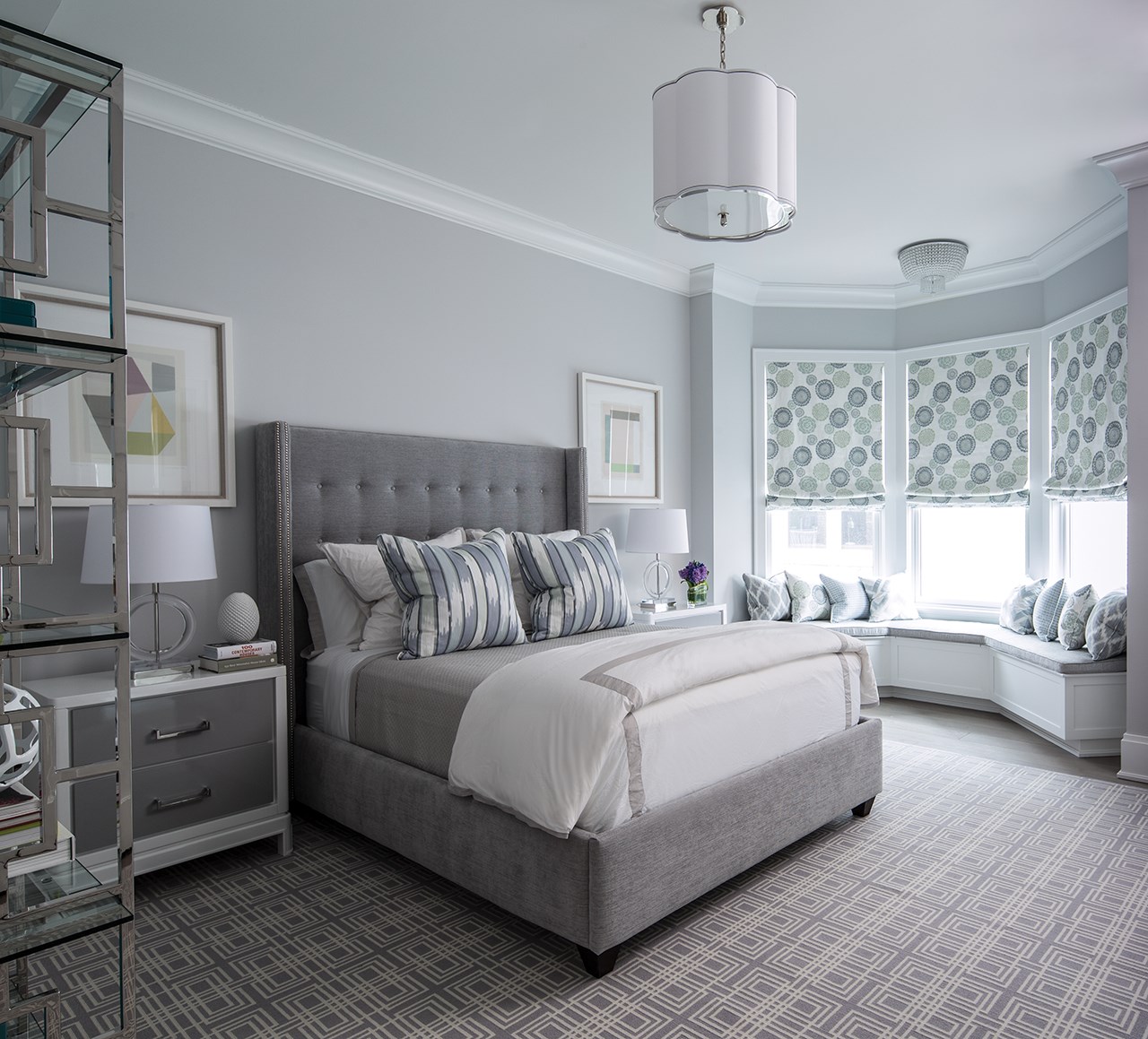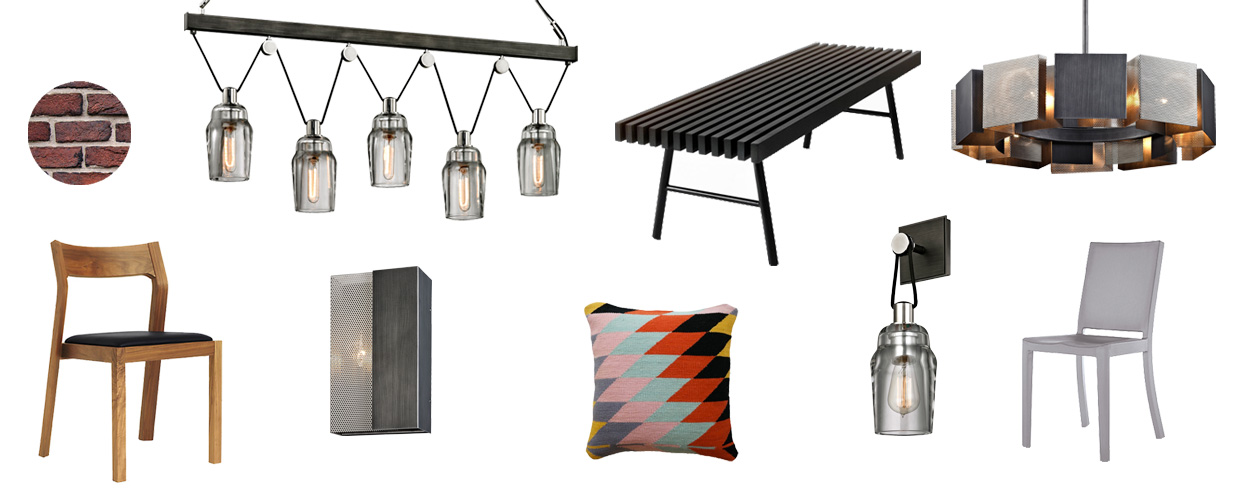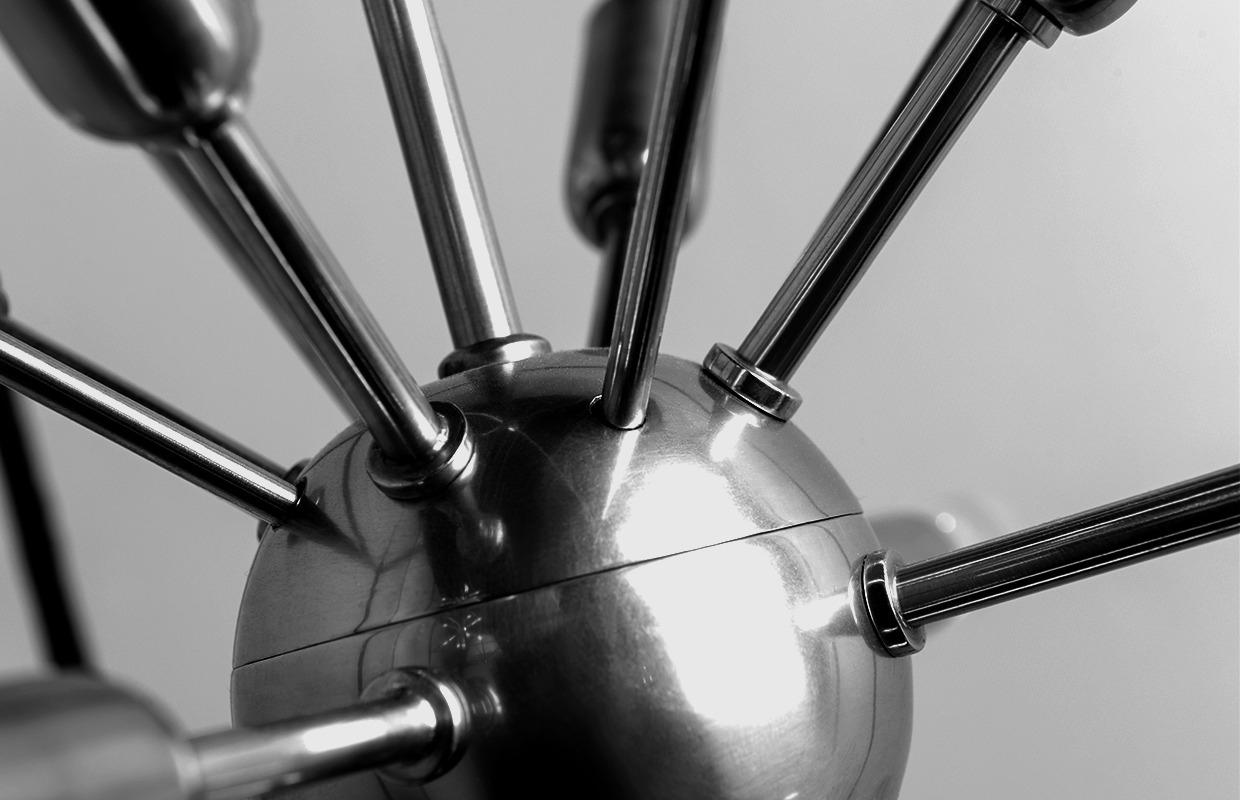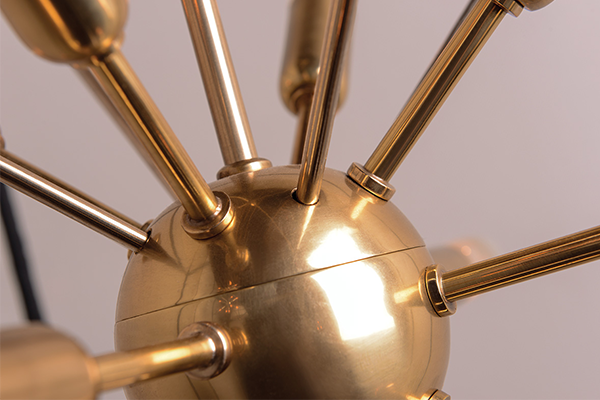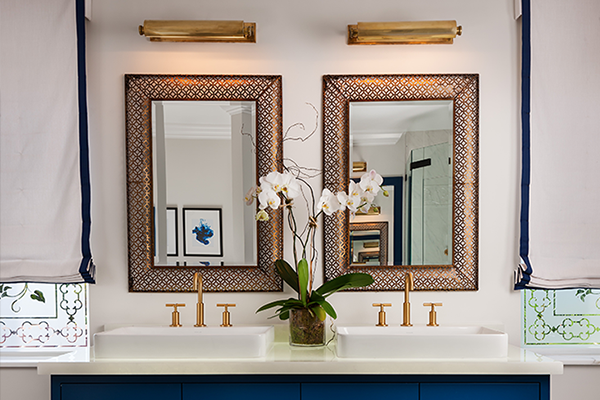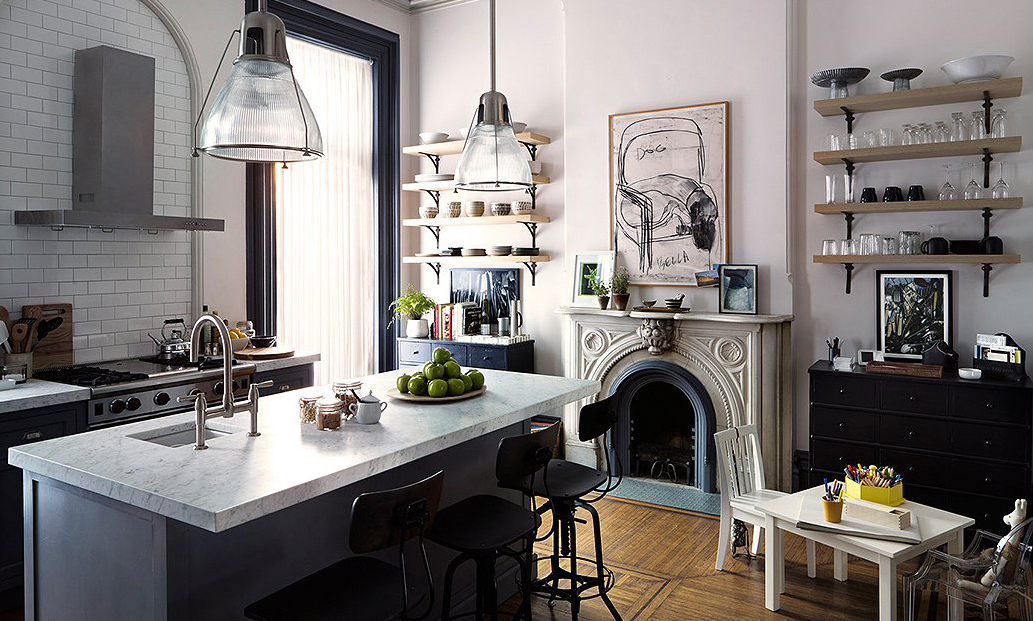You know it when you see it. In fact, it's suggested that over half the images one sees online when searching interior design / decor images are this style. Houzz has 4021 "Stories" under this descriptor at last search. Beige or greige or off-white or otherwise neutral walls, a calming feeling. A sense of restraint and everything in its right place.
It's so ubiquitous it might seem odd there's even a name for it. That name is "transitional" and today we're going to break it down for you. Essentials meaning both the core things that define the style and some lighting options that epitomize the essence of transitional elegance.
It's an odd sort of word to apply to a home, a place associated with constancy. So what is it we mean when we say transitional about a home? On the way to where from where?
Put this way, transitional is located on the way from classic and traditional into the contemporary. It generally resists feeling dated as it's a constant sought-after style and doesn't chase trends. It follows certain rules struck upon through experience and careful study by professionals in interior design.
After you're done learning about it, explore our transitional essentials here. Let's get started!


